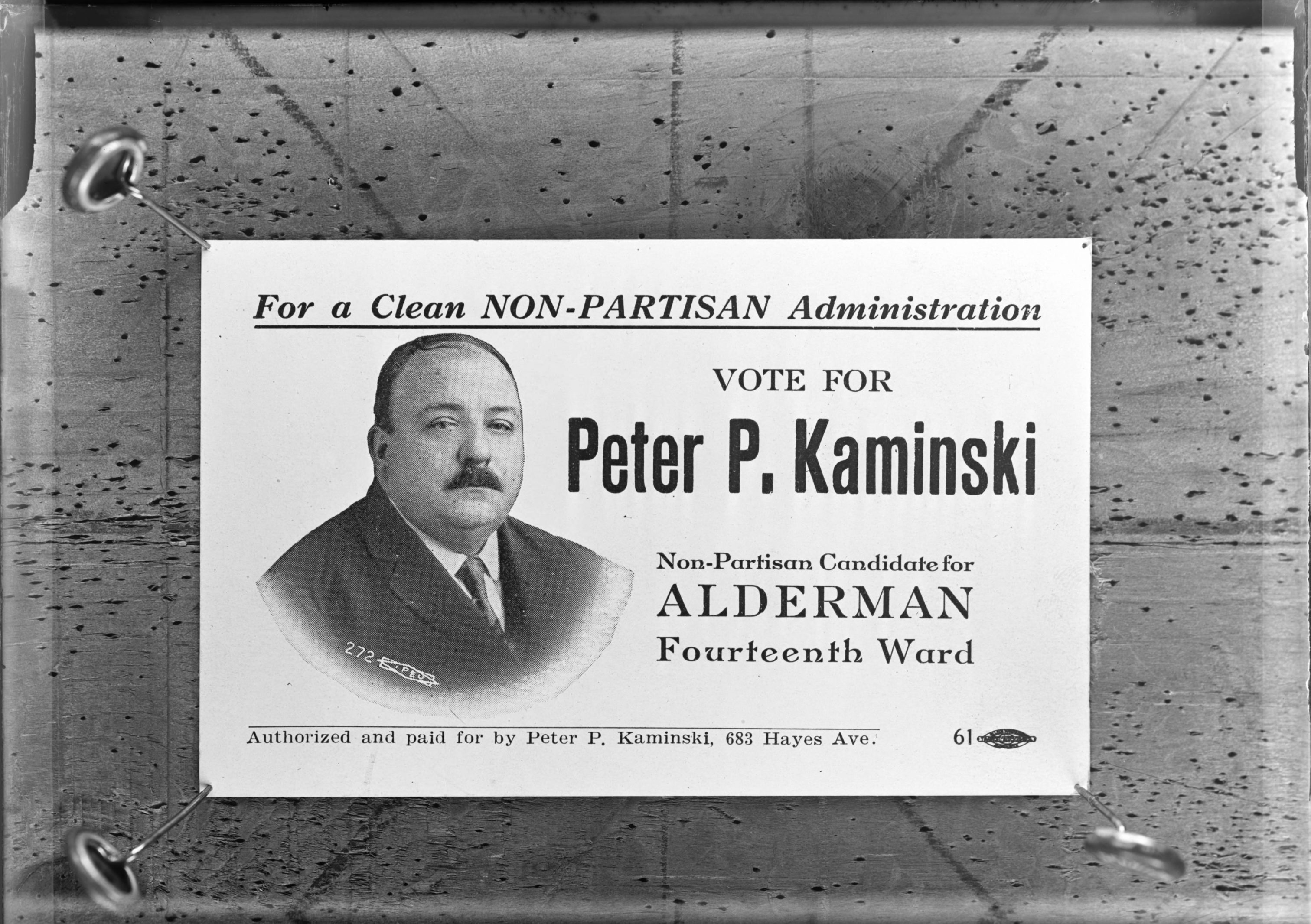The impetus for non-partisan elections at the local level in Wisconsin originated with a fear among Milwaukee Republicans and Democrats that their Socialist competitors might become a sustained political alternative following the election of Emil Seidel in the 1910 mayoral election. Two years later, during the next campaign for mayor, Republicans and Democrats united behind a single candidate who won. To blunt future threats from Milwaukee’s Social Democratic Party, mainstream legislators in Madison quickly passed a bill in the spring of 1912 to make most local offices across Wisconsin non-partisan, stripping away party identification from the ballot. A handful of county-based positions, including clerk, sheriff, and district attorney, remain partisan positions.[1]
Footnotes [+]
- ^ Bayrd Still, Milwaukee: The History of a City (Madison, WI: State Historical Society of Wisconsin, 1948), 520-21; Wisconsin Taxpayers Alliance, The Framework of Your Wisconsin Government (Madison, WI: Wisconsin Taxpayers Alliance, 1997), 98; Wisconsin Blue Book, 2015-16, (Madison, WI: Wisconsin Legislative Reference Bureau, 2015), 871.
For Further Reading
Donoghue, James R. Local Government in Wisconsin. Madison, WI: Reprint from Wisconsin Blue Book, 1979-80.
Still, Bayrd. Milwaukee: The History of a City. Madison, WI: State Historical Society of Wisconsin, 1948.

0 Comments
Please keep your community civil. All comments must follow the Encyclopedia of Milwaukee Community rules and terms of use, and will be moderated prior to posting. Encyclopedia of Milwaukee reserves the right to use the comments we receive, in whole or in part, and to use the commenter's name and location, in any medium. See also the Copyright, Privacy, and Terms & Conditions.
Have a suggestion for a new topic? Please use the Site Contact Form.